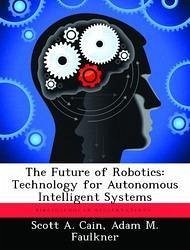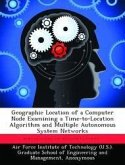Intelligent, autonomous systems will undeniably be a future Department of Defense force multiplier. Arguably, these systems could provide the U.S. military a decisive technological advantage over future adversaries. The past decade has witnessed an explosion in unmanned land, air, and sea vehicles. Although certain levels of autonomy have been achieved, these systems do not possess intelligent autonomy, and they cannot react to novel situations near human levels of decision-making in complex environments. The purpose of this paper is to examine enabling technologies in the areas of artificial intelligence, neuroscience, and computing for future intelligent autonomous systems. The Defense Advanced Research Projects Agency leads many efforts in these fields and has sponsored field initiatives to advance robotics technology, such as Urban Challenge. DARPA enlists both the university system and industry in their programs. These entities are making technological advances that will evolve DoD robotics to a level comparable to human operated systems. Priority must be placed on advancements in intelligence algorithms and architectures, as well as on breakthroughs in computing systems to operate these architectures. Without proper focus and priority on these key areas, the decisive technological advantage offered by intelligent autonomous robotics will be lost or catastrophically protracted.
Hinweis: Dieser Artikel kann nur an eine deutsche Lieferadresse ausgeliefert werden.
Hinweis: Dieser Artikel kann nur an eine deutsche Lieferadresse ausgeliefert werden.








